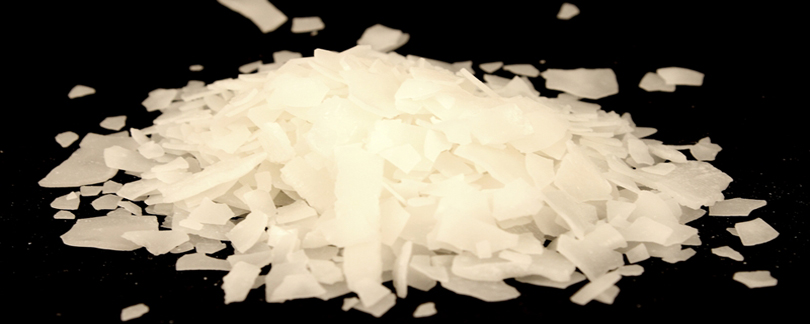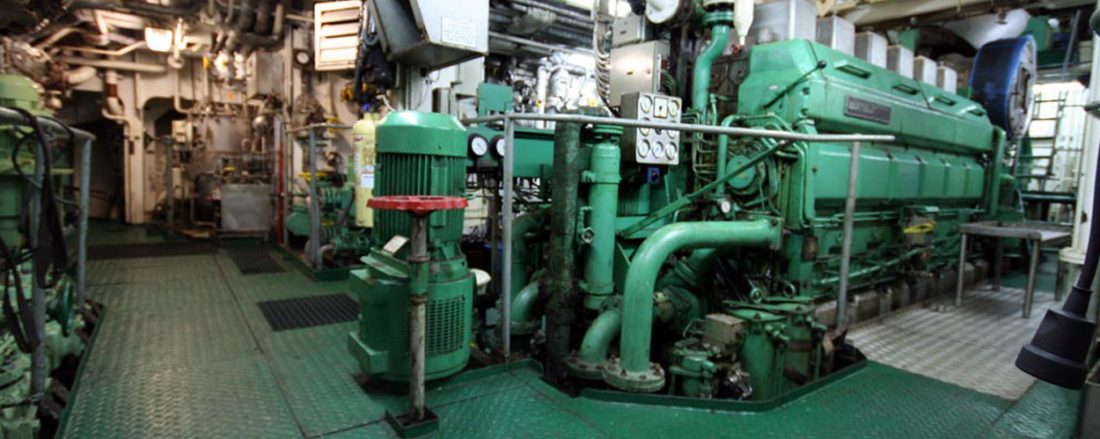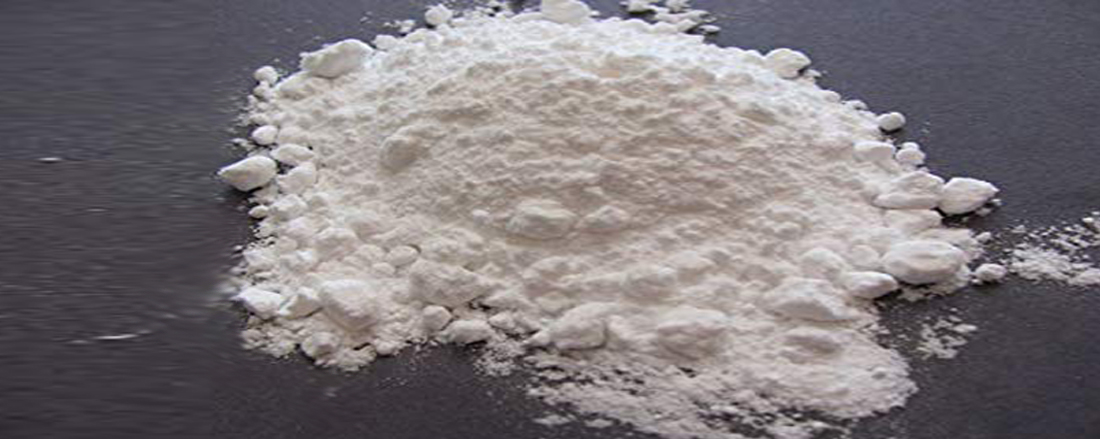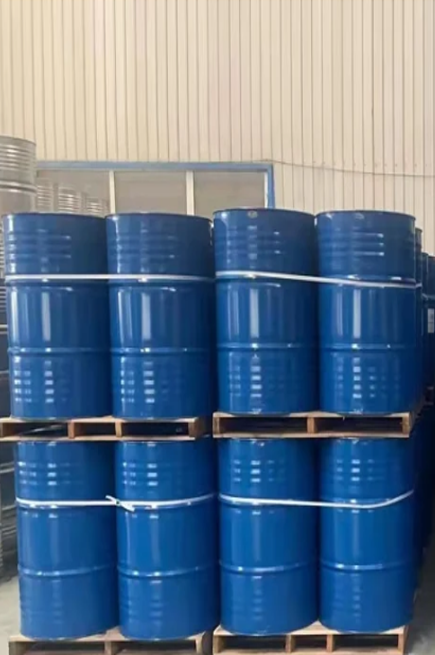Distilled Water, Battery Distilled Water, Windshield Wiper Fluid, Distilled Water For Home, Industrial Water, SPA & Saloon Distilled Water, Radiator Coolant Water, Laboratory Water, Medicated Water, Aquarium Water and Saloon Distilled Water.
GENERAL :
In order to ensure safety , it is essential to operate and maintain your batteries in accordance with the recommendations in this booklet.
a). ACID : Batteries contain dilute sulphuric acid which is poisonous and corrosive. It can cause burns on contact with skin and eyes. If acid is split on skin or clothing, wash plenty of clean water. If acid gets in to the eyes wash well with plenty of clean water and get IMMEDIATE MEDICAL ATTENTION.
b)GASES : Batteries can give off explosive gases. Keep sparks, flames and lighted cigarettes away from battery and battery room. Ensure connections are tight before switching on, using only insulated tools. Areas where batteries are kept or charged must be adequately ventilated.
c).ELECTRICITY :
Use only insulated tools to make connections to a battery. Check the circuit to ensure it is safe before making a connection to the battery. Before working on a battery , always remove personal metal effects, such as rings, watches, bracelets, necklaces, etc.
ALWAYS PROTECT THE EYES.
e)
ERECTION : Erection and commissioning of batteries to be done in accordance with separate instructions provided by manufacturer
.
FLOATING BATTERY SYSTEMS : In a floating battery installation the charger , battery and load are connected in parallel. The charger supplies the load current continuously whilst the battery remains in a charged condition, immediately capable of supplying the load should the main supply be interrupted.
CONDENSED INSTRUCTIONS
Top up all cells regularly with distilled or deionised water.
Keep the electrolyte level between the red and green mark, preferably near the green mark, etched on the transparent level indicator
.
If,before topping-up, the electrolyte level had fallen below the red mark, it is advisable to give the battery acharge for approximately ½ hour above 2.3 volts per cell after addition of battery grade distilled water in order to mix the electrolyte. Keep battery and surroundings clean and dry
.
Ensure bolted connections are tight. Keep connectors, pillars and bolted connections covered with petroleum jelly for protection against corrosion.
Take every precaution to avoid risk of explosion of gases particularly during charge.
Never smoke or use a naked flame near the battery, or in the battery room or take any action which could cause an electric spark.
Ensure that charging equipment maintains the battery at the correct voltage.
Examine all cells at regular intervals.
Action should be taken to restore any “out of step” cells to a fully charged condition.
The room in which the battery is housed should be well ventilated and its temperature as moderate as the climate will allow
.
The temperature of electrolyte should preferably never exceed 380C
FLOATING
The method of operation known as “floating” means that the charger, the battery and the load are connected in parallel.
The battery should be held constant at a voltage between 2.23 to 2.27 volts per cell, so that the battery will normally be maintained in a fully charged condition. The voltage to be maintained based on the ambient temperature as detailed in TableI.
TemperatureFloat Voltage
<5 deg. C2.270.02 vpc
200C to 350C
2.250.02 vpc
360C to 450C
2.230.02vpc
TABLE-I
The charger on a floating system should have a current rating sufficiently high to ensure that the battery does not become discharged during prolonged periods of operation. The current rating of the charger should be higher than the normal continuous loads of the system, so that the battery only supplies the short duration peak loads when the current required is greater than the
charger output. The voltage output of the charger may be regulated either automatically, or manually .The automatic type of constant voltage charger will maintain the pre-set steady voltage indefinitely, if used within its rated output. With the manual type of charger, however, care should be taken to keep the voltage level correct at all times, particularly if loads vary appreciably
, by adjustment of the voltage control.
BOOST CHARGING
The battery should be recharged as soon as possible after any discharge, amounting to more than 5 to 10% of the rated capacity of the cells. A reference to the specific gravity of electrolyte in the pilot cell will indicate when a charge should be given. Should the fall in gravity of the pilot cell from the normal fully charged value, be greater than the allowable specific gravity drop, then the battery should receive a boost charge.
Operate the charger in accordance with the separate charger instruction, so as to supplya charge current to the battery. The initial “starting rate” charging current can be any value up to two times the “finishing rate” of charge, as given in the Appendix. The voltage of the battery will rise as the battery becomes charged. When the battery voltage reaches a value equivalent to 2.36 volts per cell, the charge current should be limited to a maximum of the “finishing rate” of charge. Where automatically regulated charges are employed, the charge current may not be under manual control, but the current output of such charges should not greatly exceed the finishing rate of charge, when the cells are gassing. Charging should be continued, taking specific gravity and voltage readings on the pilot cell, at half hourly intervals, until the readings become sensibly constant over a period of 2 hour
.
After the charging is over, the specific gravity of electrolyte has to be adjusted, if required, to a value indicated by the manufacturer by addition of demineralised water only. Use well calibrated hydrometer for the purpose of specific gravity measurement with a tolerance of +/- 0.005 points. Never use acid for level adjustment of cells. The type of charger and the controls provided on it, will determine the procedure to be carried out in order to charge the battery. The manufacturer's charger instructions should be referred to if in doubt
PILOT CELL ::: Select one cell of the battery as a 'pilot cell. For batteries containing more than 60 cells, select one pilot cell
for each 60 cells. Any variations in specific gravity of the electrolyte in the 'pilot' cell(s) will be indicative of the state of charge
of the whole battery. Keep the electrolyte level between the red and green mark, preferably near the green mark, etched on the
transparent level indicator by adding distilled or deionised water when required. After topping up,
it is preferable to give the battery a charge for approximately ½ hour, above 2.3 volts per cell. This will mix the electrolyte and
prevent water from stratifying at the upper level.
5.GENERAL INFORMATION
1. Specific gravity: The specific gravity of the electrolyte in fully charged cells should be 1.200+/-0.005 at 270 C. During the course of years there may be a slight fall in the maximum specific gravity values obtainable at end of charge, but acid should never be added except on the recommendations of the manufacturer.
2.Topping up Due to evaporation, and gassing on charge, water is lost from the electrolyte, and the level gradually falls.
Water must be added at intervals to bring the electrolyte to the correct level. Do not allow the levels to fall below the red mark.
The water used for this topping-up operation must be pure and should be demineralised and conforming to IS 1069 Never use metal vessels for storing or dispensing the topping-up water.
Water should preferably be added below the surface of the electrolyte, by use of a rubber syringe or plastic funnel. This helps to mix the water with the electrolyte. It will also help to assist mixing by having the battery on charge, with all cells gassing, either during, or soon after topping-up.
3.Preservation Keep the battery and surrounding clean and dry.
Wipe down the cells with a clean soft cloth dampened with clean water, if necessary, a small amount of mild detergent may be added to the cleaning water to remove any greasy film. Ensure bolted connections are tight. Keep connectors, pillars and bolted connections covered with petroleum jelly for protection against corrosion. Should any corrosion of the connectors occur because of spilt acid etc. carefully remove corrosion products, thoroughly clean and neutralize with alkali solution or dilute ammonia.
Dry the affected parts and liberally coat with petroleum jelly to protect from further corrosion. Care should be taken to ensure that the neutralizing solution does not enter the cell.
4.Temperature correction The specific gravity of the electrolyte varies with temperature. Any reading observed on the hydrometer should therefore be corrected as follows: For every 100 , above 150 C, add 7 point (0.007 specific gravity) to the specific gravity as read on the hydrometer
Similarly, for each 100 C, below 150 C, subtract 7 point (0.007 specific gravity) as read on the hydrometer





